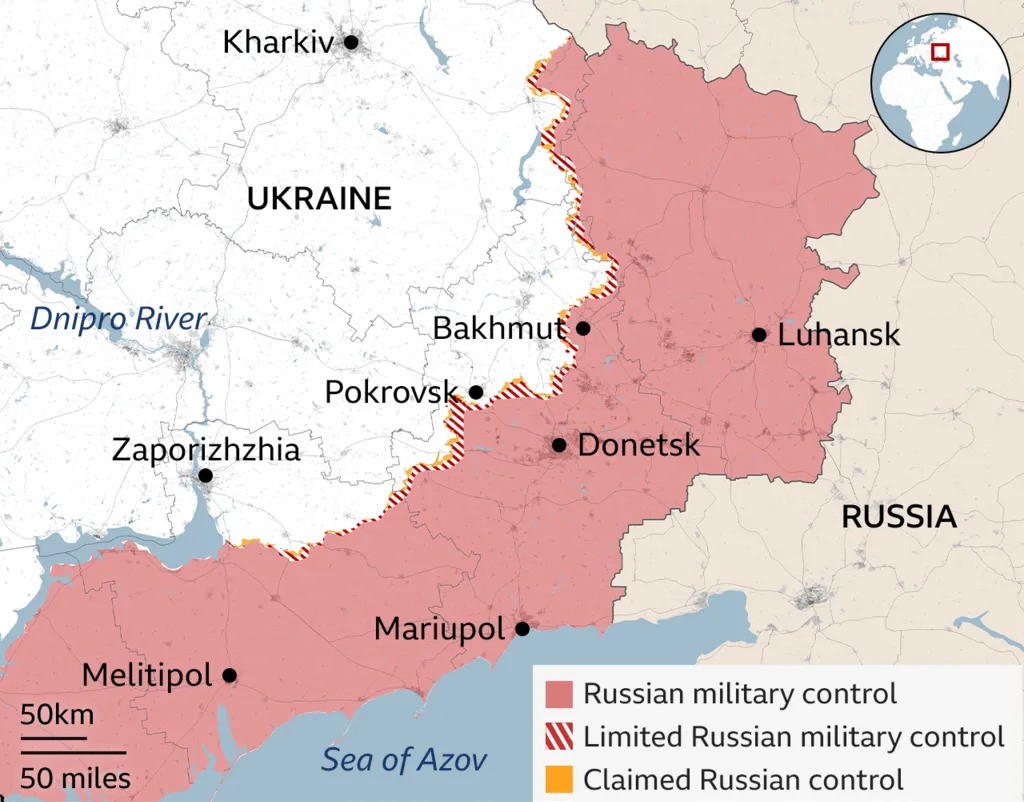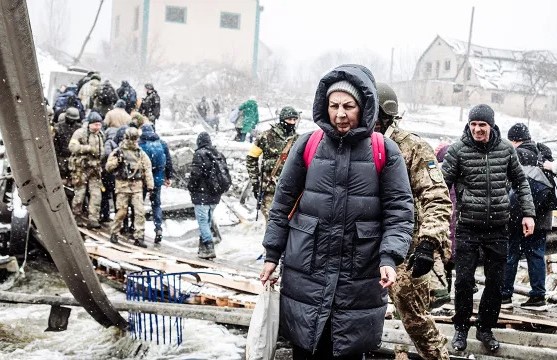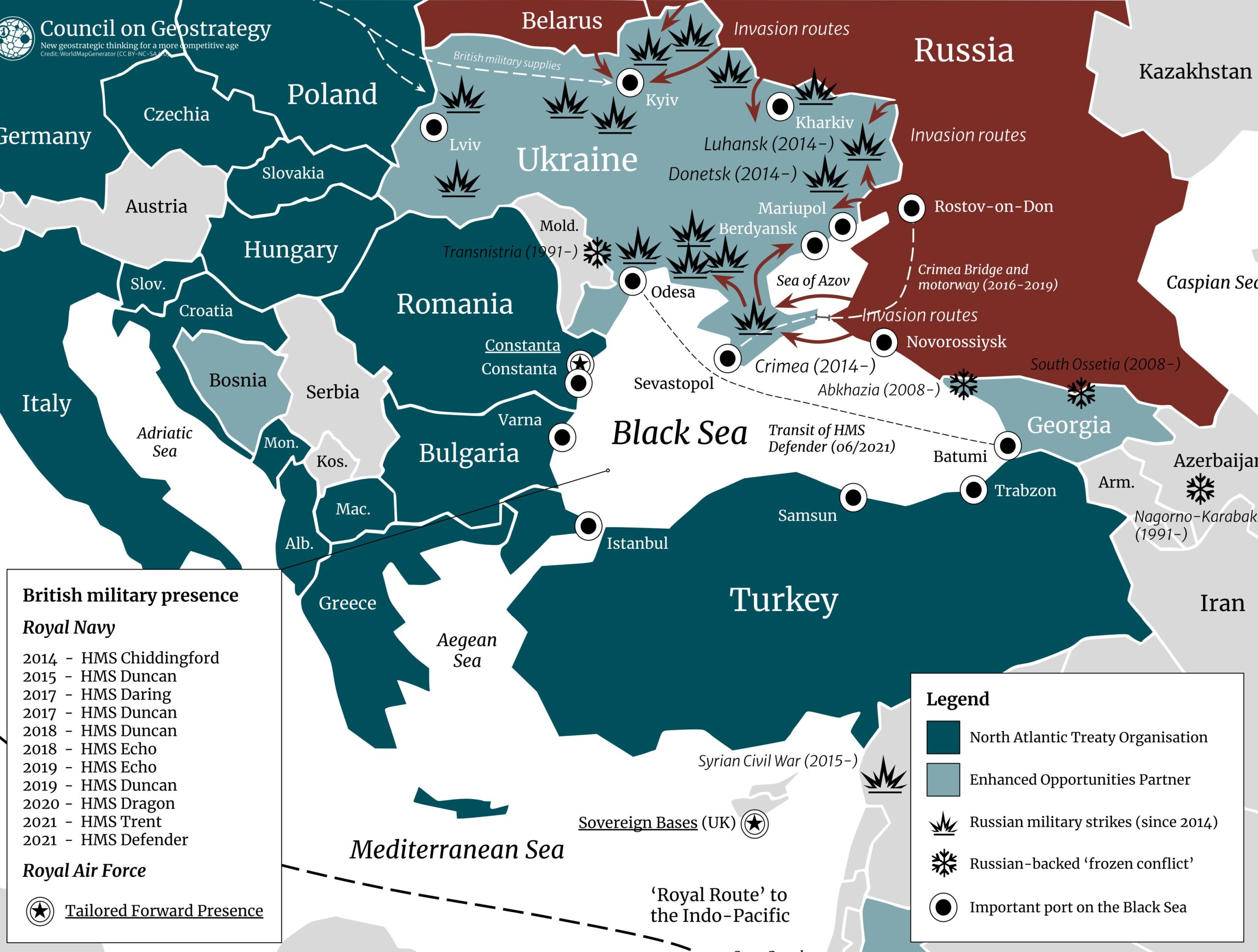Putin Agrees To Limited Ceasefire: A New Chapter in the Russia-Ukraine War?
In a move that has sent shockwaves through the global geopolitical landscape, Russian President Vladimir Putin has agreed to a limited ceasefire in the ongoing Russia-Ukraine war, signaling the start of ceasefire negotiations that could reshape the conflict’s trajectory. Announced on March 18, 2025, following a high-stakes, two-hour phone call with U.S. President Donald Trump, this development marks a rare pause in a war that has raged for over three years, claiming countless lives and destabilizing Europe. But as the world watches, questions loom: Is this a genuine step toward peace, or a strategic play in a broader game of power?
The Unexpected Call That Changed the Game
The story begins with a phone call—one that few saw coming. On a crisp Tuesday evening, Trump and Putin, two towering figures with a history of diplomatic sparring, connected to discuss the Ukraine conflict. The White House described the conversation as "productive," with both leaders agreeing to an immediate halt on strikes targeting energy and infrastructure—a critical lifeline for Ukraine as it braces for another brutal winter. This limited ceasefire, set to last 30 days, is the first mutually agreed suspension of attacks since Russia’s full-scale invasion in February 2022.

For Ukraine, the stakes couldn’t be higher. President Volodymyr Zelensky, a steadfast voice of resistance, cautiously welcomed the proposal but emphasized that any deal must come with ironclad guarantees. "We’ve seen Russia break promises before," he said in a press conference, his tone a mix of hope and skepticism. Kyiv’s war-weary citizens, battered by relentless strikes on power grids, might finally get a reprieve—but at what cost?
A War of Attrition Meets a Moment of Diplomacy
The Russia-Ukraine war has been a grinding saga of destruction. From the annexation of Crimea in 2014 to the 2022 invasion that saw Russian troops storm across Ukraine’s borders, the conflict has morphed into a test of endurance. Ukraine, backed by NATO and Western aid, has fought valiantly, reclaiming territory in stunning counteroffensives. Yet Russia, under Putin’s iron grip, has pressed on, seizing roughly a fifth of Ukrainian land, including parts of Donetsk, Luhansk, Kherson, and Zaporizhzhia.

This latest twist—a ceasefire agreement brokered through Trump’s intervention—comes as both sides face mounting pressures. Russia’s economy groans under sanctions, while Ukraine grapples with the human and material toll of war. The Kremlin’s readout of the call revealed Putin’s order to halt strikes on Ukrainian energy sites, a move echoed by Zelensky’s conditional acceptance, provided the U.S. ensures Moscow complies. It’s a fragile truce, but one that could pave the way for broader peace talks.
Trump’s Role: Peacemaker or Power Broker?
Enter Donald Trump, whose return to the White House has injected fresh unpredictability into the Ukraine crisis. Trump, who has long touted his deal-making prowess, framed the call as a triumph. "We’re working quickly to end this horrible war," he posted on social media, hinting at discussions over "dividing up certain assets"—a cryptic nod to potential territorial concessions that sent analysts into a frenzy. Could this mean recognizing Crimea as Russian, a red line for Ukraine and its allies?
The White House insists this is just the beginning. Alongside the energy ceasefire, plans are underway for technical negotiations on a maritime truce in the Black Sea, with talks slated to kick off "immediately" in the Middle East. It’s a phased approach, aiming for a full ceasefire and, ultimately, a permanent peace deal. Yet, Putin’s insistence on ending Western military aid to Ukraine—a condition Zelensky deems non-negotiable—casts a shadow over the process.
The Human Cost and the Hope for Peace
Behind the headlines lies the human story. In Kyiv, families huddle in darkened homes, their lives dictated by the hum of generators and the dread of air raid sirens. In Moscow, soldiers’ mothers whisper prayers for sons sent to a war many no longer understand. The Russia-Ukraine conflict has bled both nations dry, with "blood and treasure," as the White House put it, better spent on rebuilding than fighting.

For ordinary Ukrainians, the ceasefire offers a flicker of hope. "If the lights stay on, maybe we can breathe again," said Olena, a schoolteacher in Lviv, her voice trembling with cautious optimism. Across the border, Russian citizens like Ivan, a mechanic in Rostov, wonder if this could mean an end to conscription fears. "Peace would be good," he said simply, "but Putin doesn’t give something for nothing."
The Global Stage Reacts
The international response has been swift and varied. European leaders like Germany’s Olaf Scholz and France’s Emmanuel Macron hailed the limited ceasefire as a "first step" but stressed that Ukraine must shape its own fate. NATO allies, wary of Trump’s cozying up to Putin, urged vigilance. Meanwhile, posts on X reflect a polarized public: some hail Trump as a peacemaker, others decry Putin’s tactics as a stalling maneuver to regroup.
Analysts see a chess match unfolding. "Putin’s playing a long game," said Kristine Berzina of the German Marshall Fund. "This ceasefire is a small concession to look cooperative while he presses his advantage on the ground." Indeed, reports of Russian troop movements in Kursk suggest Moscow isn’t slowing its military machine just yet.
What’s Next for Ceasefire Negotiations?
As the 30-day clock ticks, the world waits to see if this limited ceasefire holds. The Black Sea, a hotspot of naval clashes, looms as the next test. Will Putin honor his word, or will Zelensky’s fears of betrayal prove prescient? The Middle East talks, shrouded in mystery, add another layer of intrigue—could regional powers like Turkey or Saudi Arabia play a role?

For SEO enthusiasts, the keywords here—Putin ceasefire, Ukraine negotiations, Trump peace deal—are trending hot. Searches for "Russia-Ukraine war updates" and "ceasefire news 2025" are spiking, reflecting a global hunger for clarity. This story, rich with drama and stakes, is tailor-made for digital traction.
A Turning Point or a Mirage?
The Russia-Ukraine war stands at a crossroads. Putin’s agreement to a limited ceasefire and the start of negotiation talks with Trump’s backing could be a historic pivot—or a fleeting mirage in a desert of distrust. Zelensky’s demand for security guarantees clashes with Putin’s vision of a demilitarized Ukraine, setting the stage for a tense diplomatic dance.
As the sun sets over Kyiv and Moscow, the people of both nations hold their breath. This isn’t the end of the story—just a chapter that could lead to peace or plunge the region deeper into chaos. For now, the world watches, waits, and wonders: Can Putin and Trump, unlikely partners in this saga, deliver a lasting resolution to one of the 21st century’s defining conflicts?
